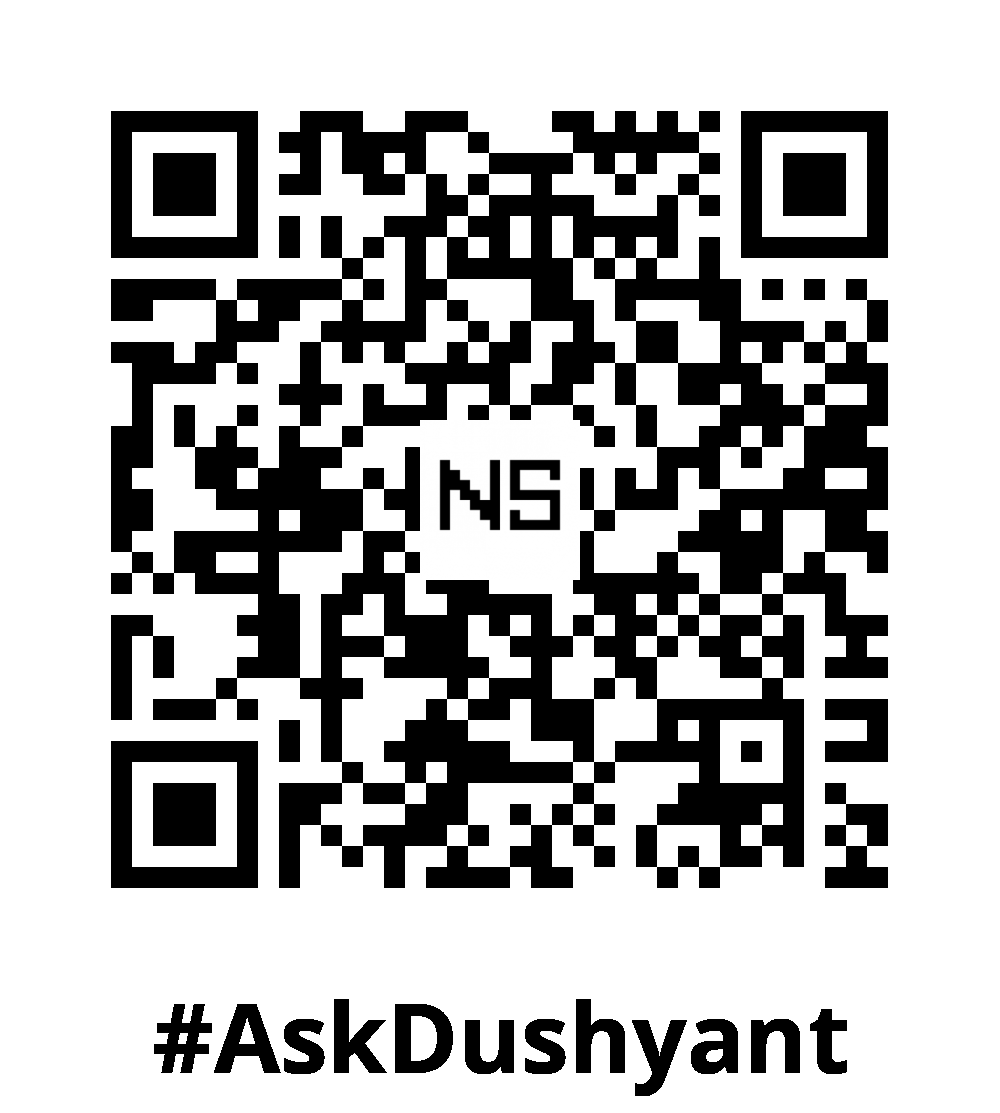Securing your web applications against malicious traffic is more critical than ever. While dedicated Web Application Firewalls (WAFs) like AWS WAF or Cloudflare offer enterprise-level protection, you can turn NGINX into a powerful, lightweight WAF using its built-in capabilities.
In my 20-year tech career, I’ve been a catalyst for innovation, architecting scalable solutions that lead organizations to extraordinary achievements. My trusted advice inspires businesses to take bold steps and conquer the future of technology. In this tech concept, you’ll learn how to configure NGINX as a Web Application Firewall, block malicious traffic, create custom rules, and optionally enhance it with ModSecurity and OWASP CRS for deeper inspection.
Why Use NGINX as a WAF?
NGINX is not just a fast and reliable web server; it can also serve as the first line of defense for your applications. By leveraging its core features, you can:
- Block suspicious IPs or geographic regions
- Prevent brute-force and DDoS attacks with rate limiting
- Filter SQL injection (SQLi), cross-site scripting (XSS), and other payloads
- Control user agent access
- Sanitize headers and restrict HTTP methods
This approach is ideal for developers and DevOps teams who want quick, low-latency protection without external dependencies.
Set Up Basic WAF Rules in NGINX
You can configure NGINX rules in the http, server, or location blocks depending on your use case. Let’s explore the most effective configurations.
Block Malicious IP Addresses
Prevent known malicious IPs from accessing your application.
http {
geo $blocked_ip {
default 0;
993.0.113.5 1; # Example IP
}
server {
if ($blocked_ip) {
return 403;
}
}
}
Apply Rate Limiting to Throttle Requests
Protect login pages or APIs from brute-force attacks and abuse.
http {
limit_req_zone $binary_remote_addr zone=one:10m rate=10r/s;
server {
location /login {
limit_req zone=one burst=20 nodelay;
}
}
}
Limit the number of simultaneous connections from a single IP:
limit_conn_zone $binary_remote_addr zone=addr:10m;
server {
limit_conn addr 10; # Max 10 connections/IP
}
Block Malicious User Agents
Stop bots or scanners that use known malicious user-agent strings.
map $http_user_agent $bad_bot {
default 0;
~*maliciousbot 1;
~*crawlerbot 1;
}
server {
if ($bad_bot) {
return 403;
}
}
Detect and Block SQLi and XSS Attacks
Use simple regular expressions to block common attack patterns in URLs.
server {
if ($request_uri ~* "union.*select.*\(") {
return 403;
}
if ($request_uri ~* "<script>") {
return 403;
}
}
⚠️ Caution: Regex rules should be tested thoroughly to avoid false positives.
Restrict HTTP Methods and Unsafe Headers
Control the request surface area by only allowing safe HTTP methods.
location / {
if ($request_method !~ ^(GET|POST|HEAD)$ ) {
return 405;
}
if ($http_content_type ~* "(<|>|script|%3c|%3e)") {
return 403;
}
}
Block Access by Country Using GeoIP
Use GeoIP data to block countries known for frequent attack sources.
http {
geoip_country /etc/nginx/GeoLite2-Country.mmdb;
map $geoip_country_code $block_country {
default 0;
CN 1;
RU 1;
}
server {
if ($block_country) {
return 403;
}
}
}
Download the GeoLite2 database from MaxMind.
Test Your WAF Configuration
Use tools like curl, OWASP ZAP, or Burp Suite to simulate attacks and validate WAF behavior.
curl -A "maliciousbot" https://yourdomain.com
curl "https://yourdomain.com/?q=<script>alert(1)</script>"
Monitor logs (/var/log/nginx/access.log, /var/log/nginx/error.log) for blocked requests.
Limitations of NGINX as a WAF
While effective for basic protection, NGINX as a WAF has some limitations:
- Cannot inspect POST request bodies without Third party ModSecurity library
- Manual rule management can get complex
- No behavioral learning or AI-based threat detection
- Limited attack context awareness
For full-featured protection, consider combining NGINX with a cloud-based WAF like Cloudflare or AWS WAF.
Best Practices
- Combine multiple techniques (rate limiting, IP filters, ModSecurity)
- Keep regex rules simple and precise
- Use threat intelligence feeds to update IP and UA blocklists
- Periodically test your WAF rules against known exploits
- Monitor performance impact, especially with complex regexes
My Tech Advice: Turning NGINX into a lightweight WAF can significantly boost your web application’s security. By applying thoughtful configurations, filtering rules, and optional integrations like ModSecurity and OWASP CRS, you gain powerful protection without extra infrastructure. Whether you’re protecting a simple login page or an entire microservices backend, NGINX offers an effective first layer of defense that’s fast, flexible, and production-ready.
#AskDushyant
#TechConcept #TechAdvice #NGINX #WebServer


Leave a Reply